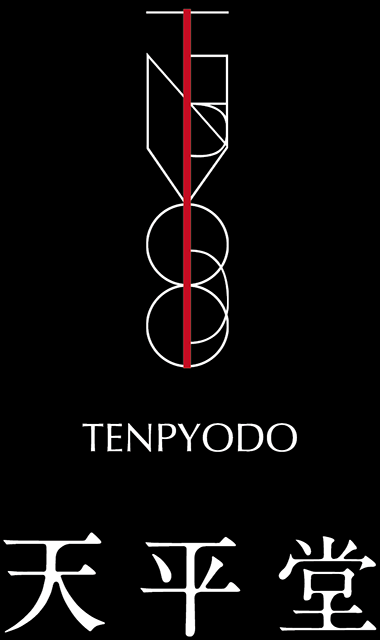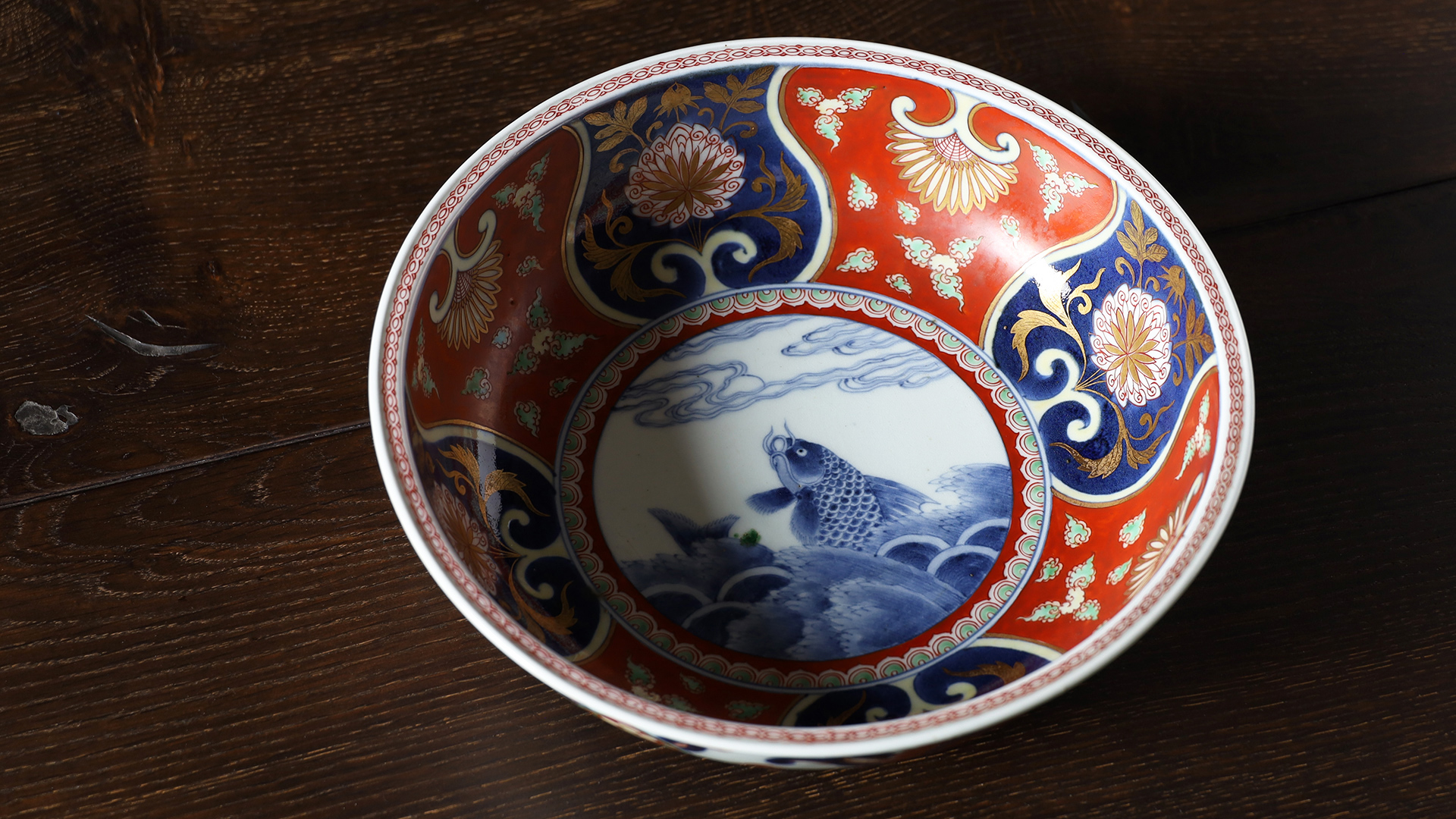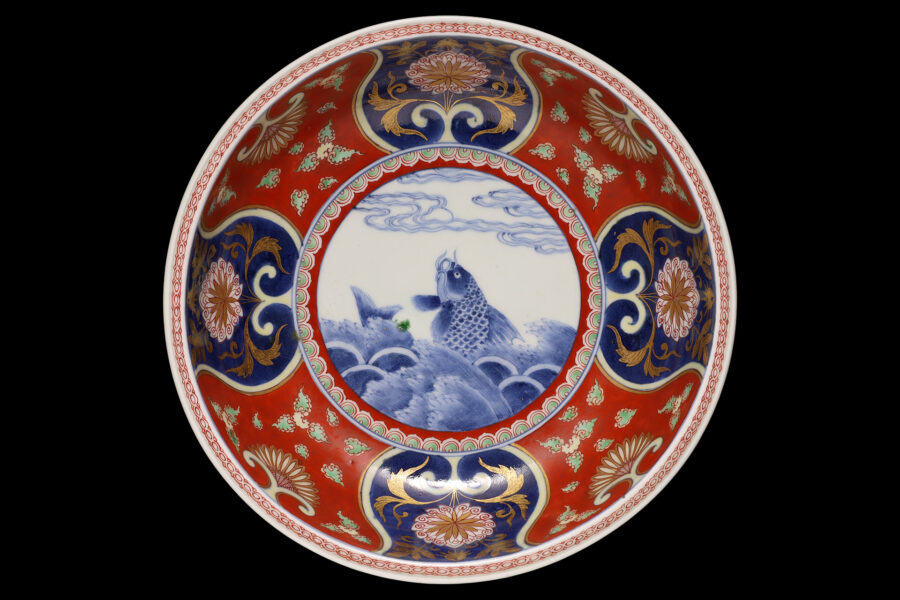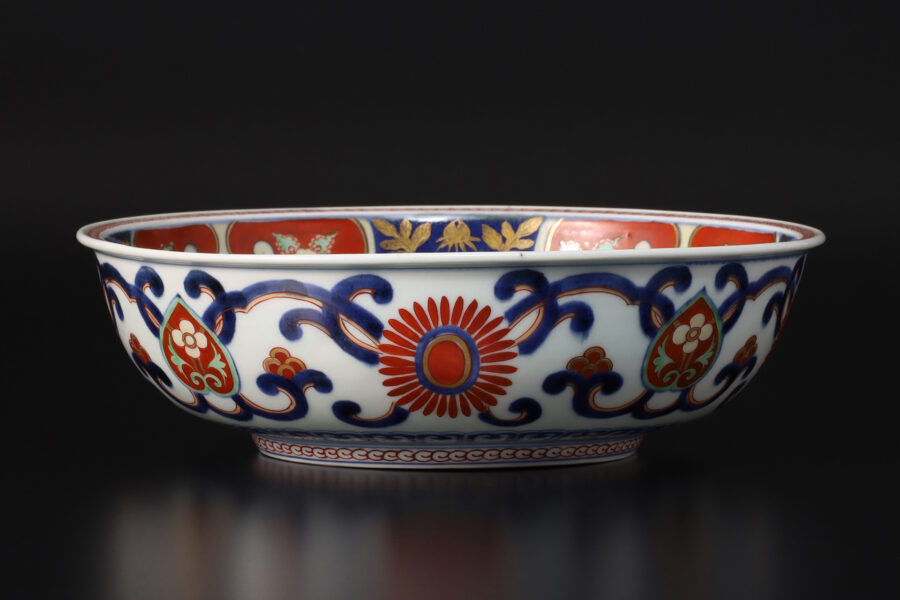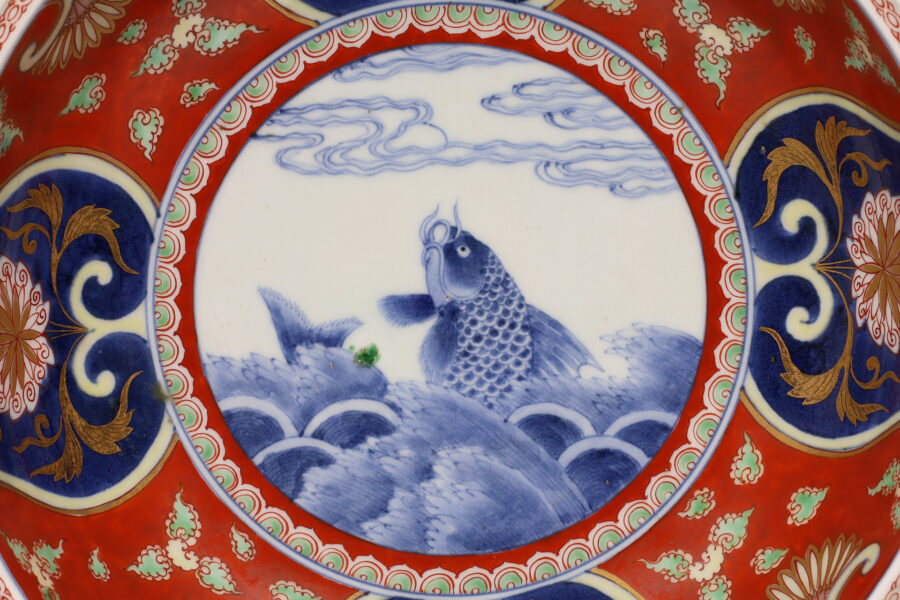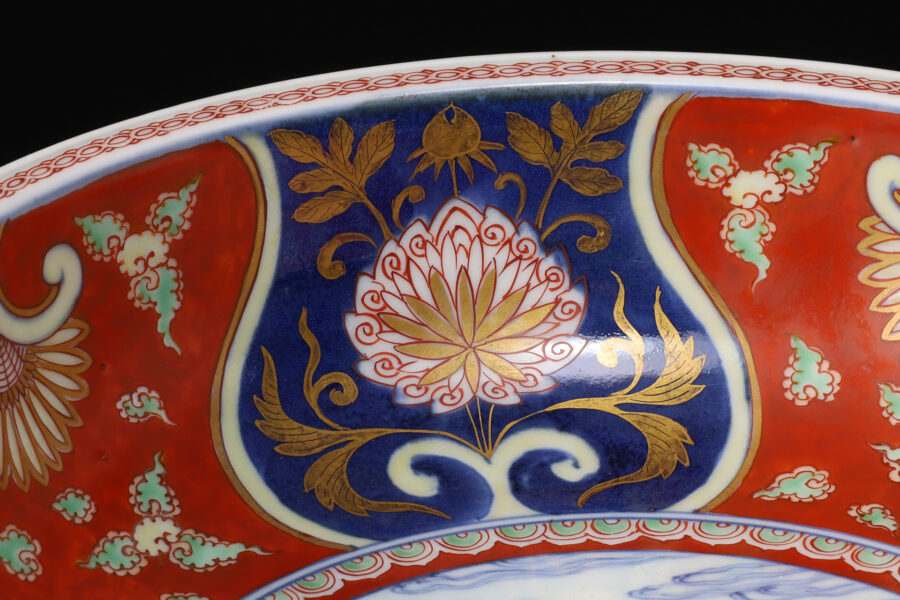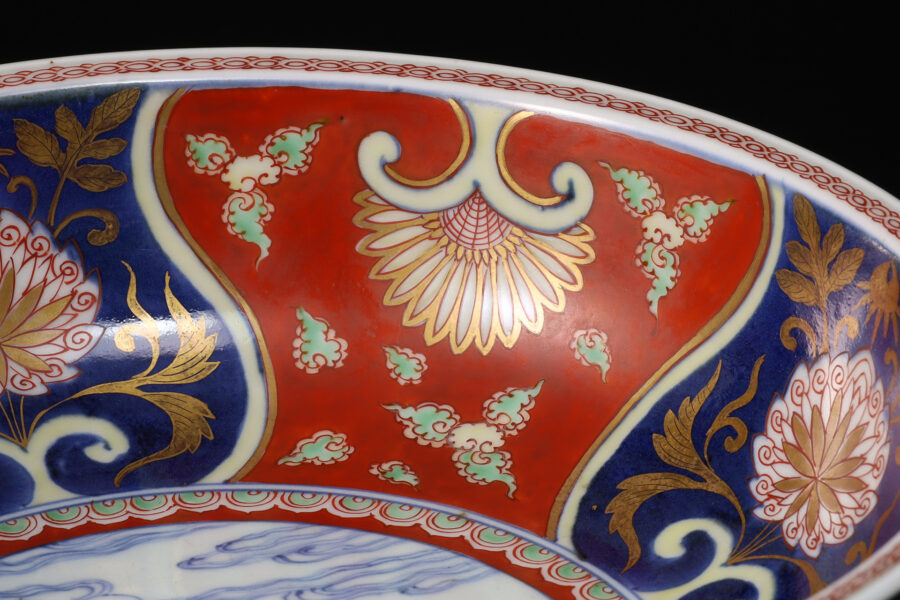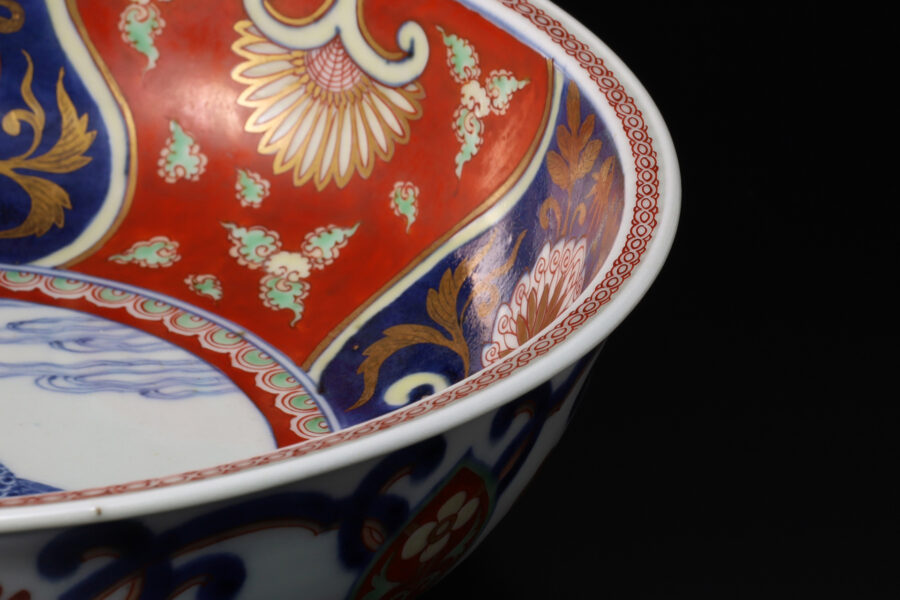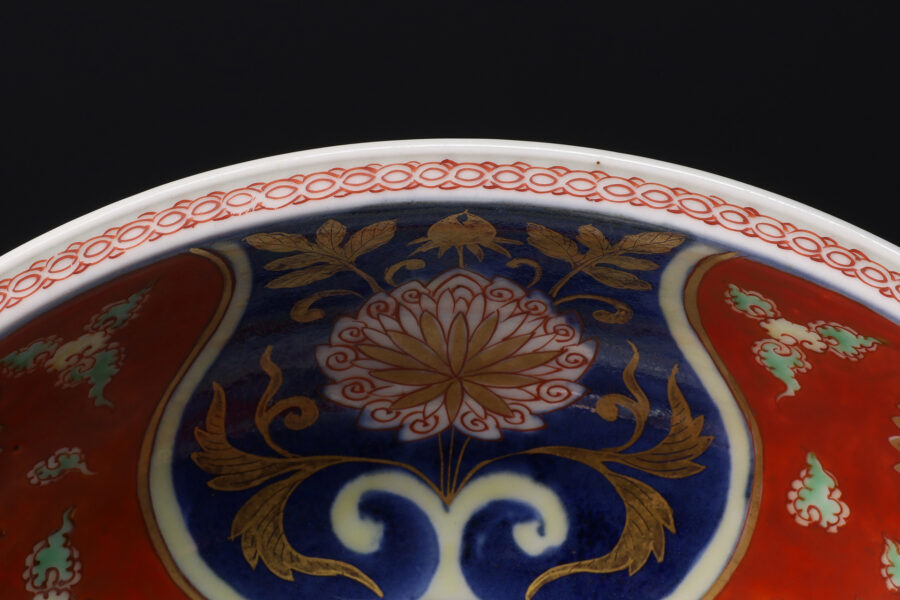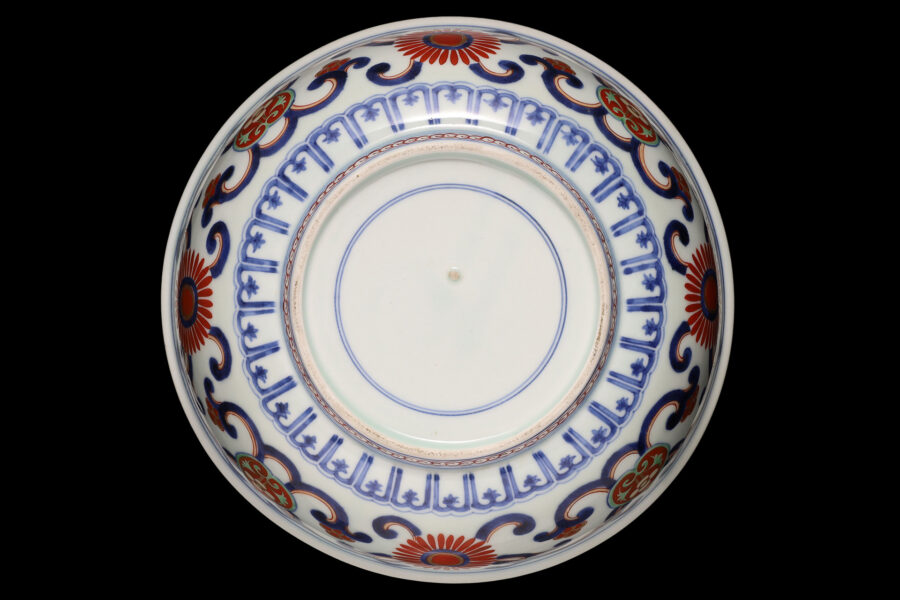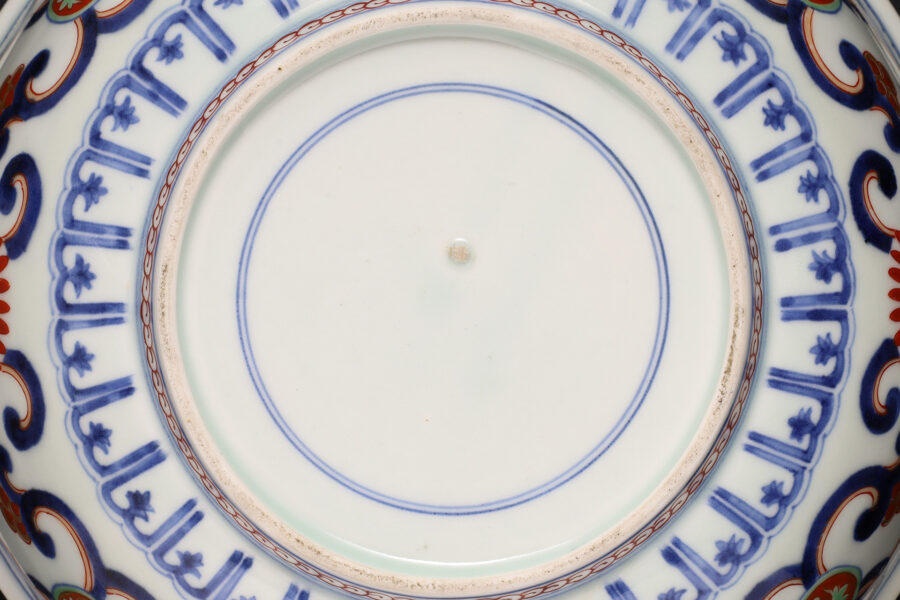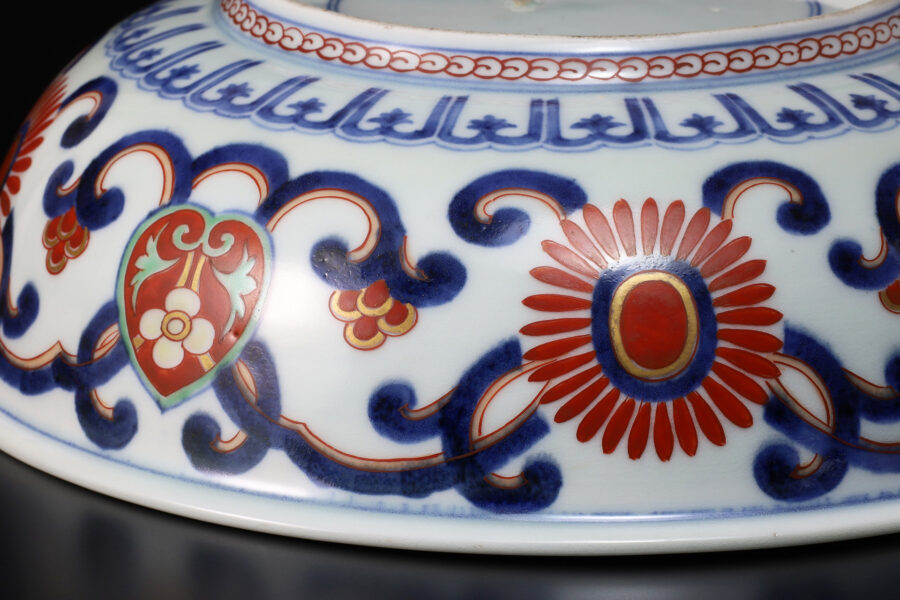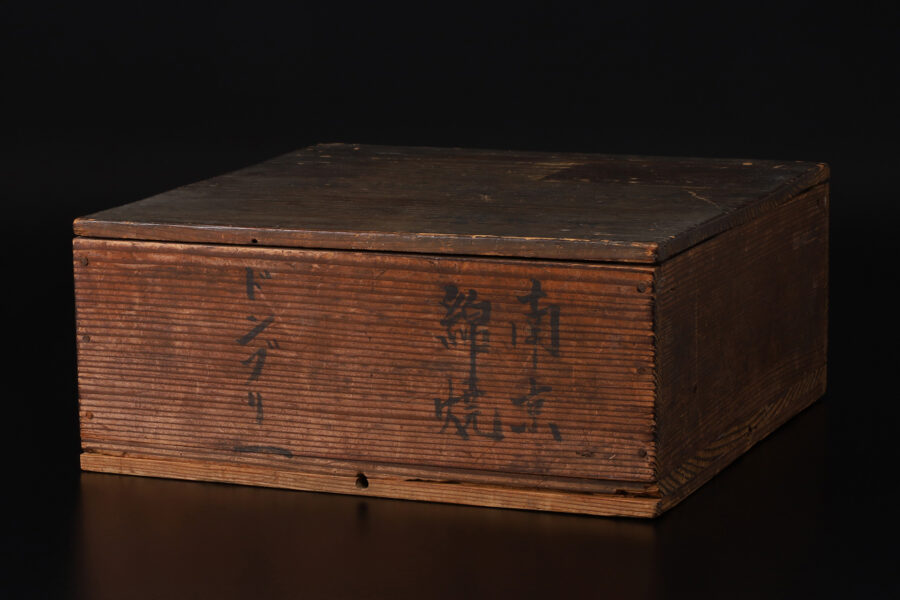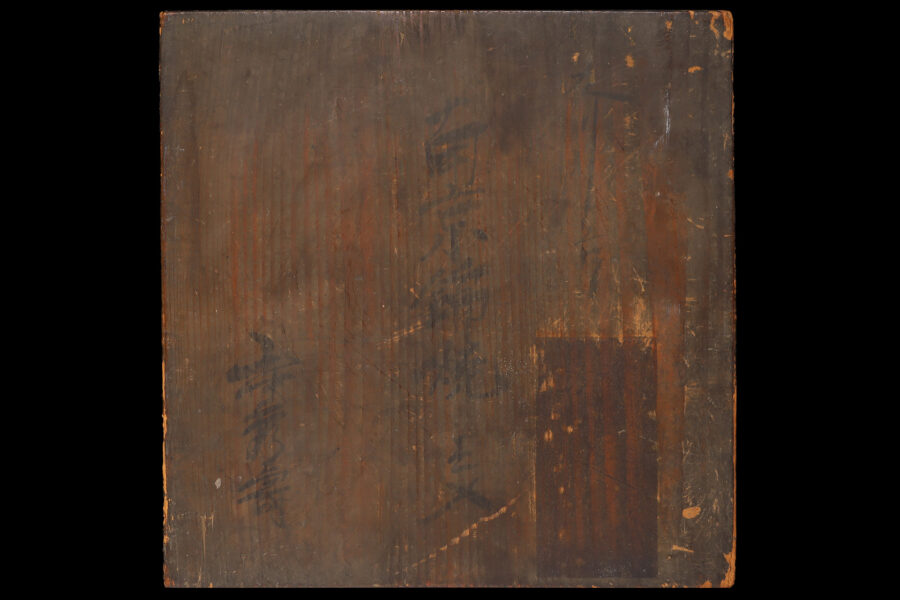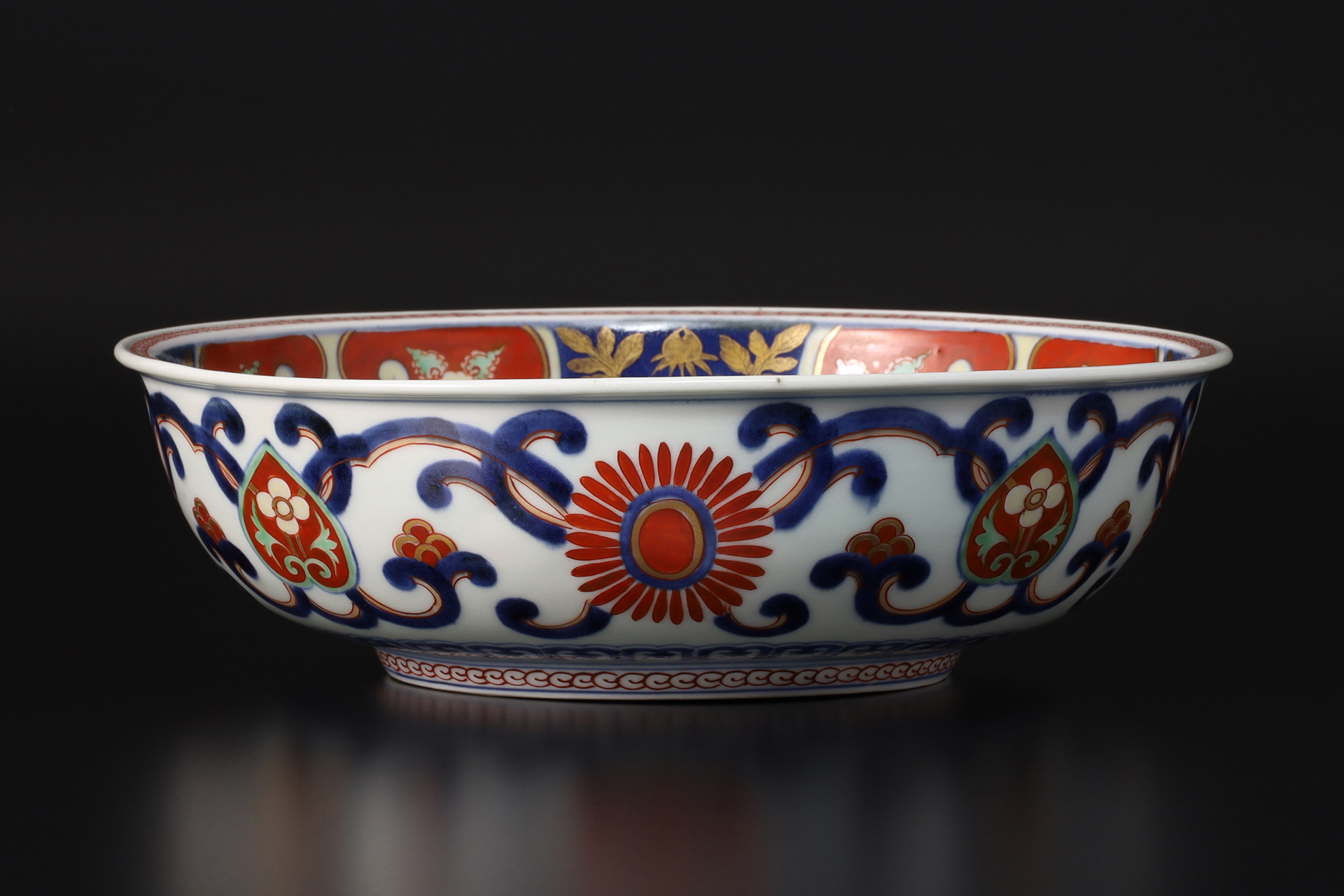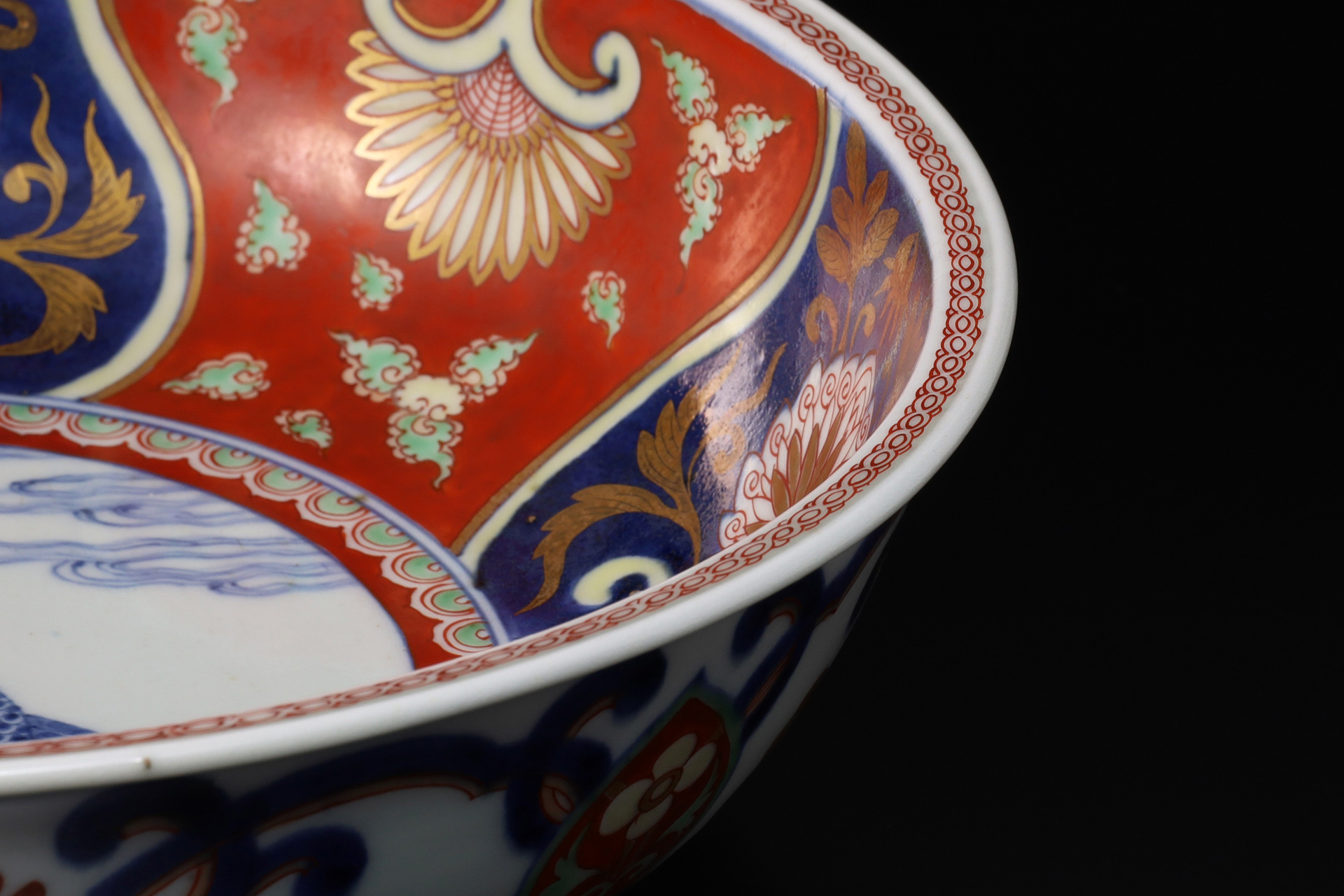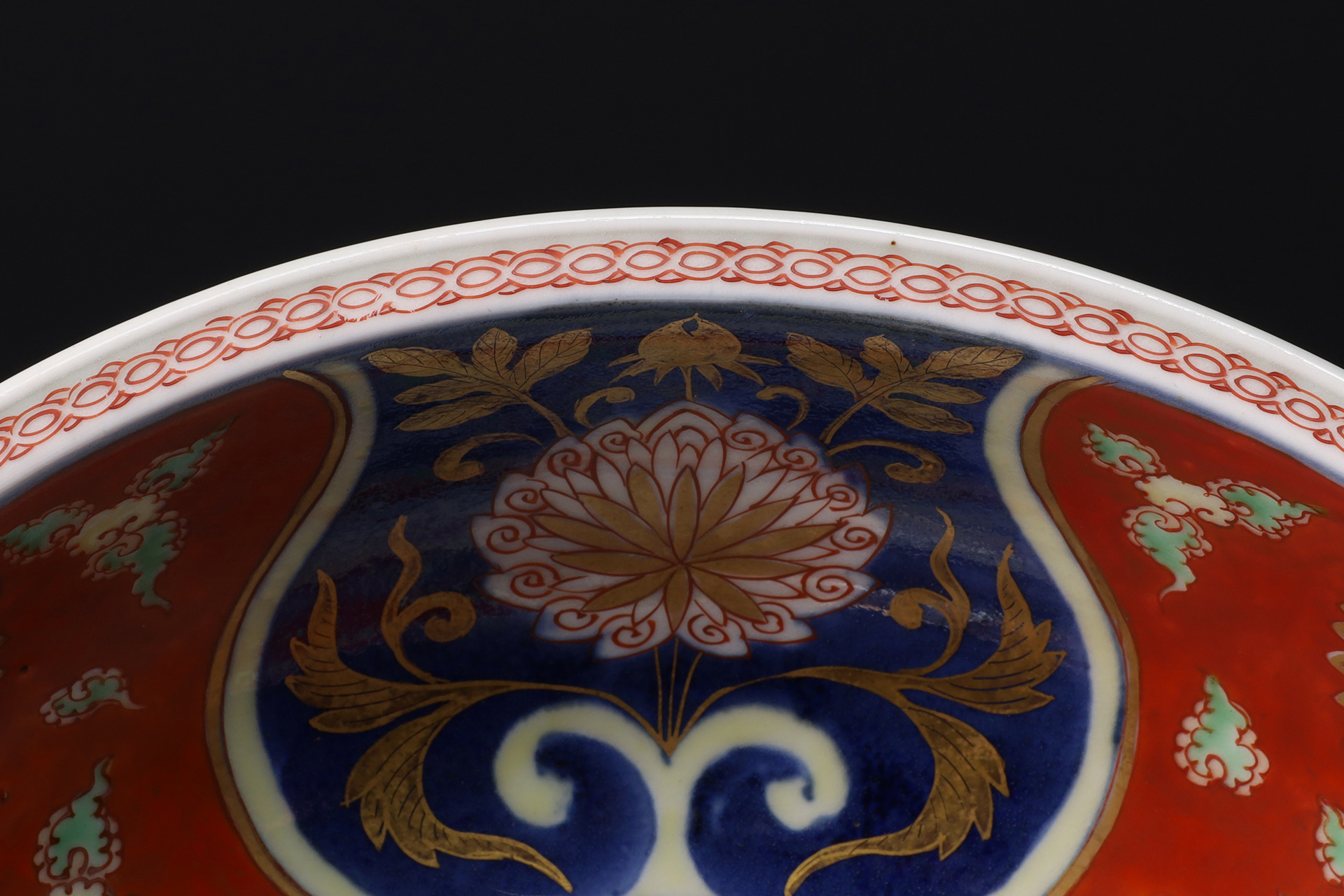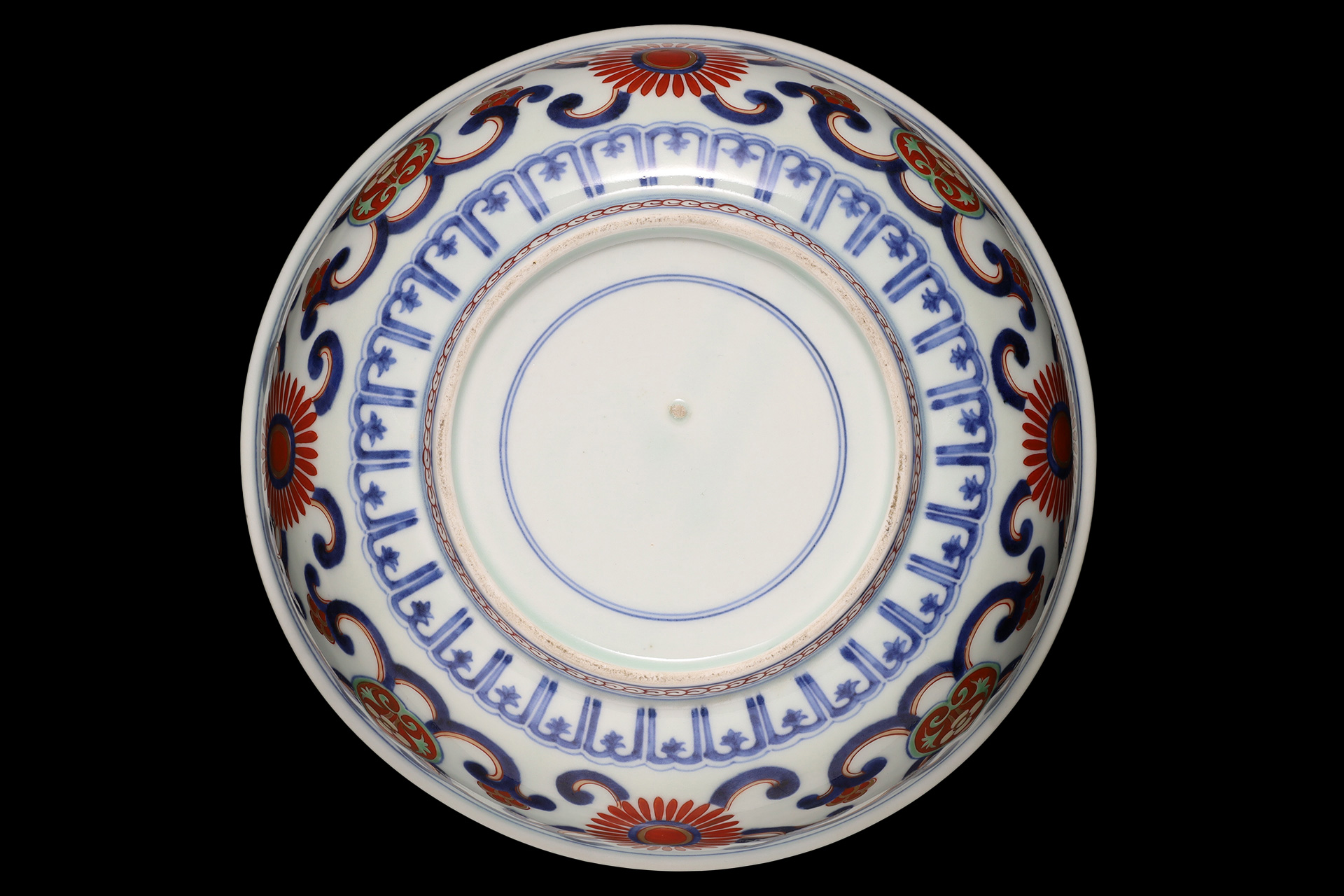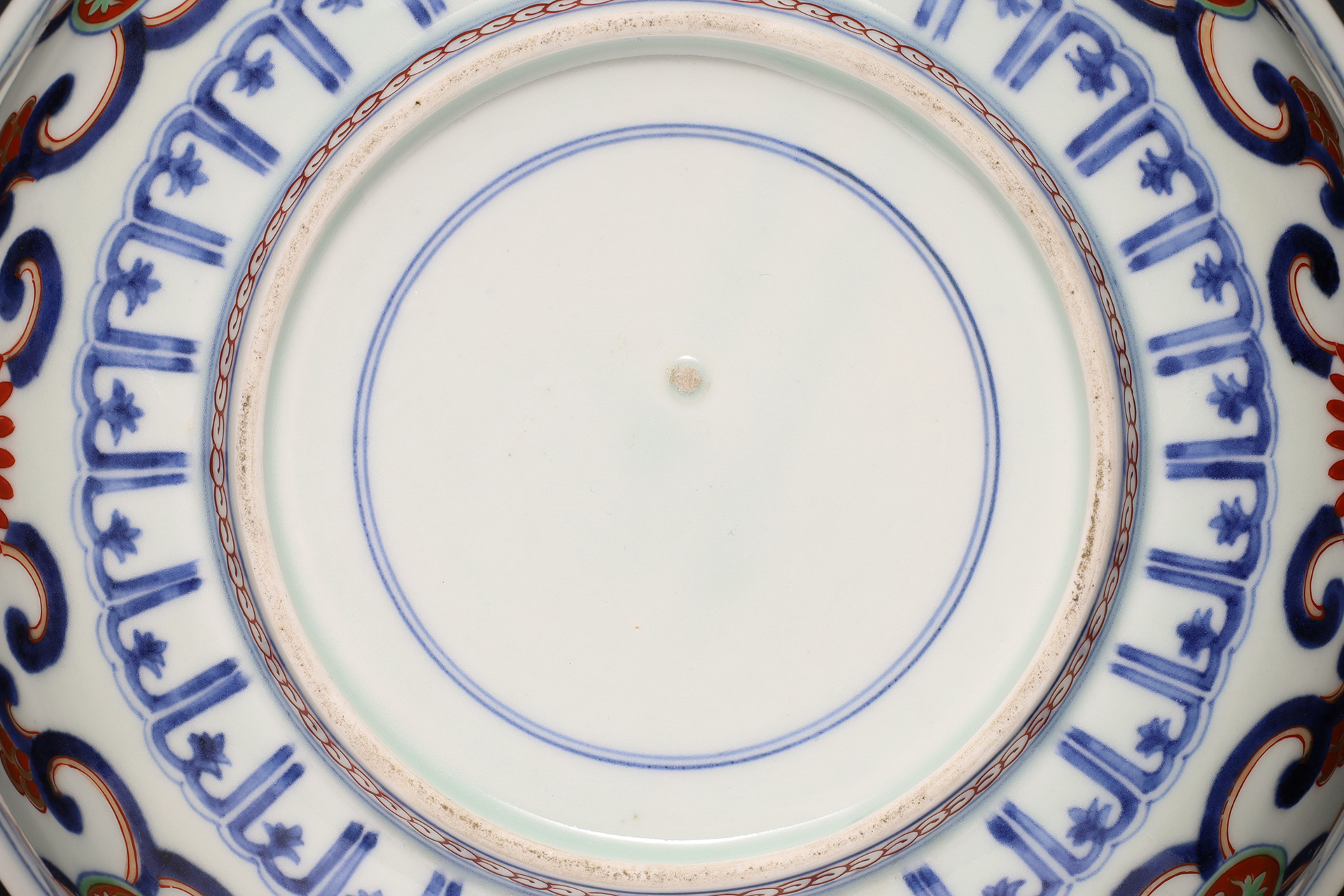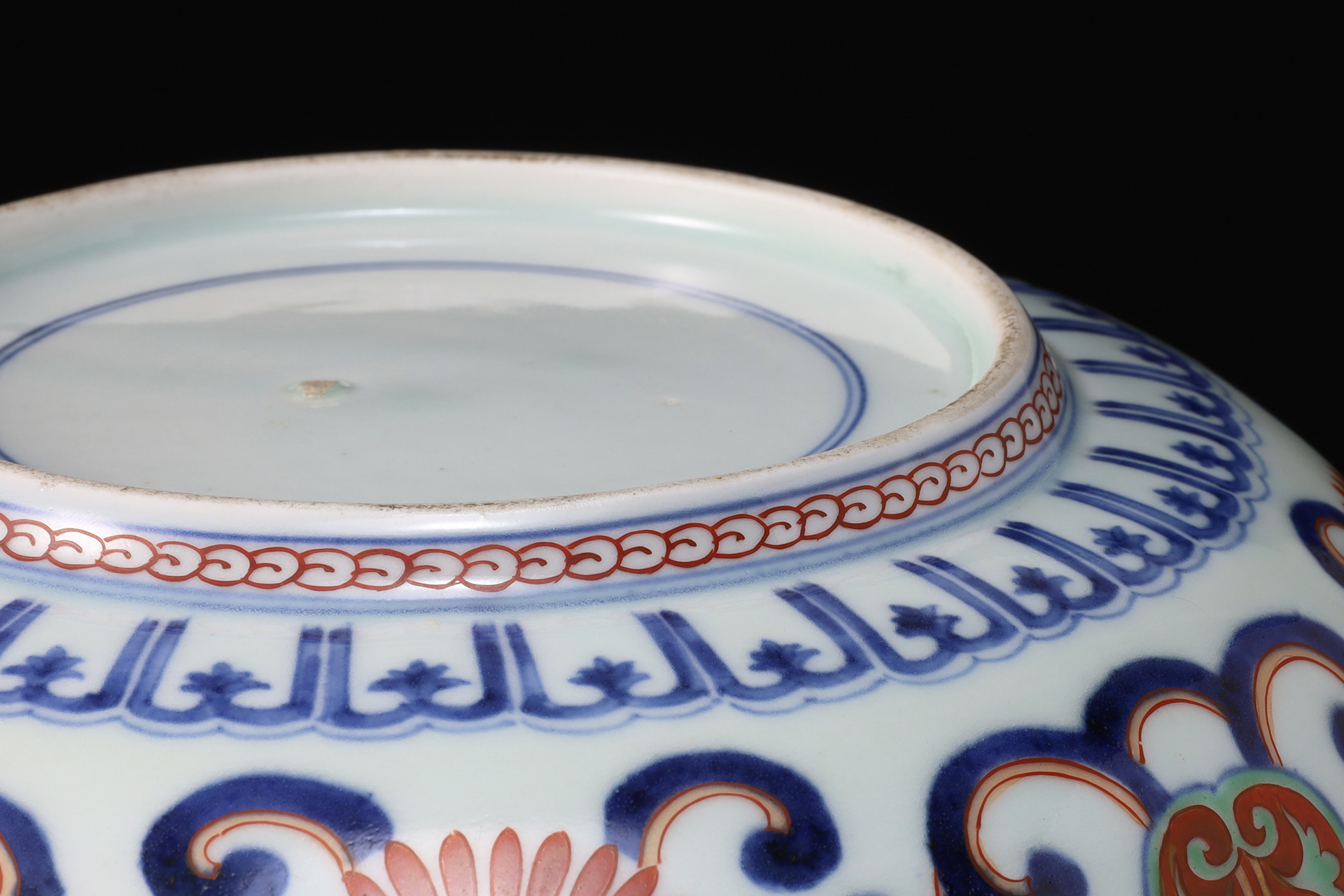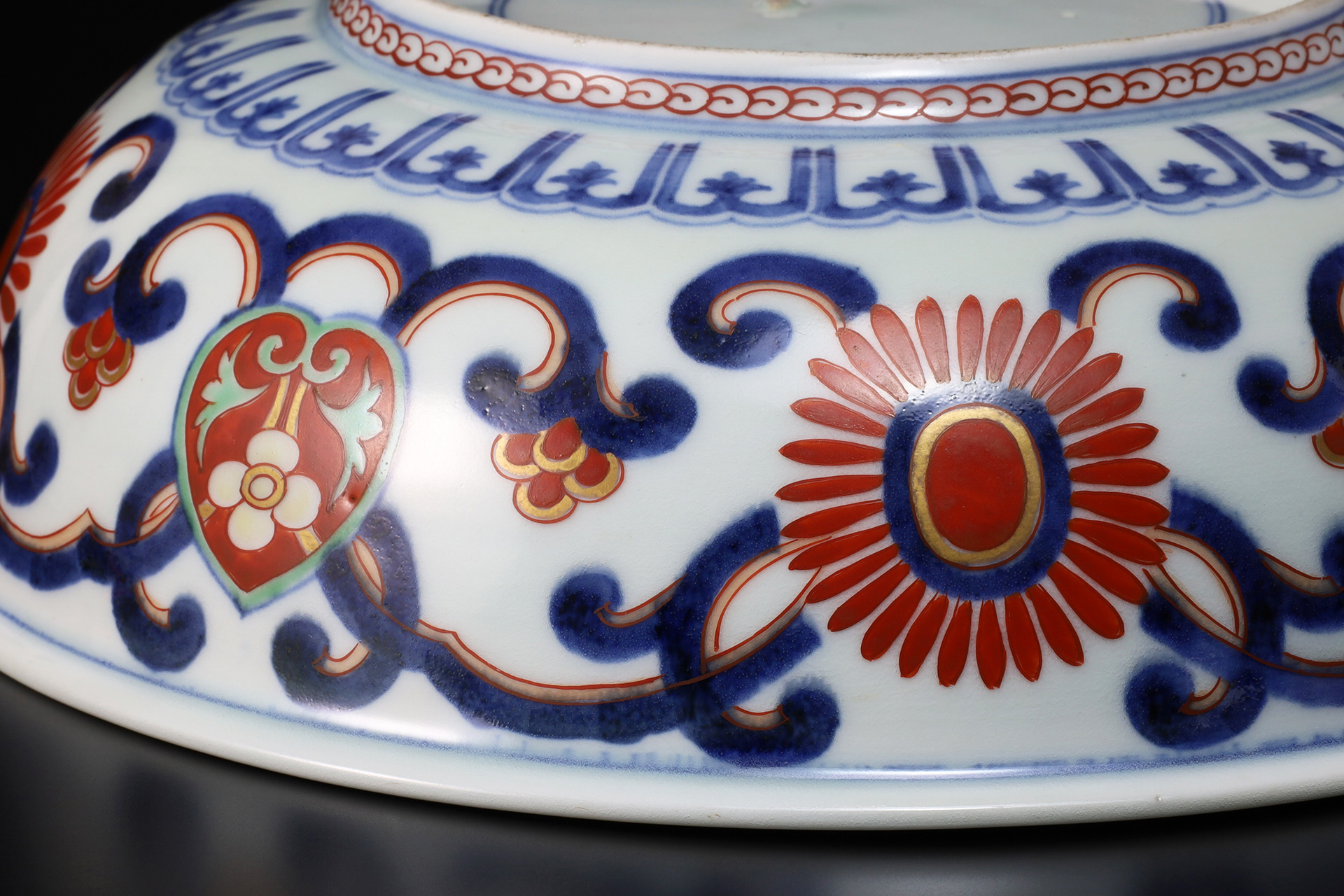This is the finest old-imari, considered the masterpiece from the genroku era(1688-1704). Among katamono, ariso is the important item that has an unshakable reputation, and the color contrast between the blue-and-white(ariso)and kinrande is outstanding. This is the work of profound dignity that breaks away from the kinrande produced at jingdezhen-kiln during the jiajing era(1522-66)of the ming dynasty and represents a unique design that represents the pinnacle of old-imari. As the work for the wealthy class that catered to the demands of domestic feudal lords and wealthy merchants, it received the highest acclaim as the sweets bowl for tea gathering, the gift for auspicious occasions, and as the reception vessel at banquets.
⇒ Tanakamaru Collection(The External Link)
- Period
- Edo Period
End 17th century-Early 18th century
- Weight
- 915g
- Diameter
- 25.1cm
- Height
- 7.5cm
- Bottom Diameter
- 12.5cm
- Description
- Old-Wooden Box
- Condition
- Excellent Condition
It meets the requirements of the first class work with its sophisticated modeling, beautiful glaze, and good firing.
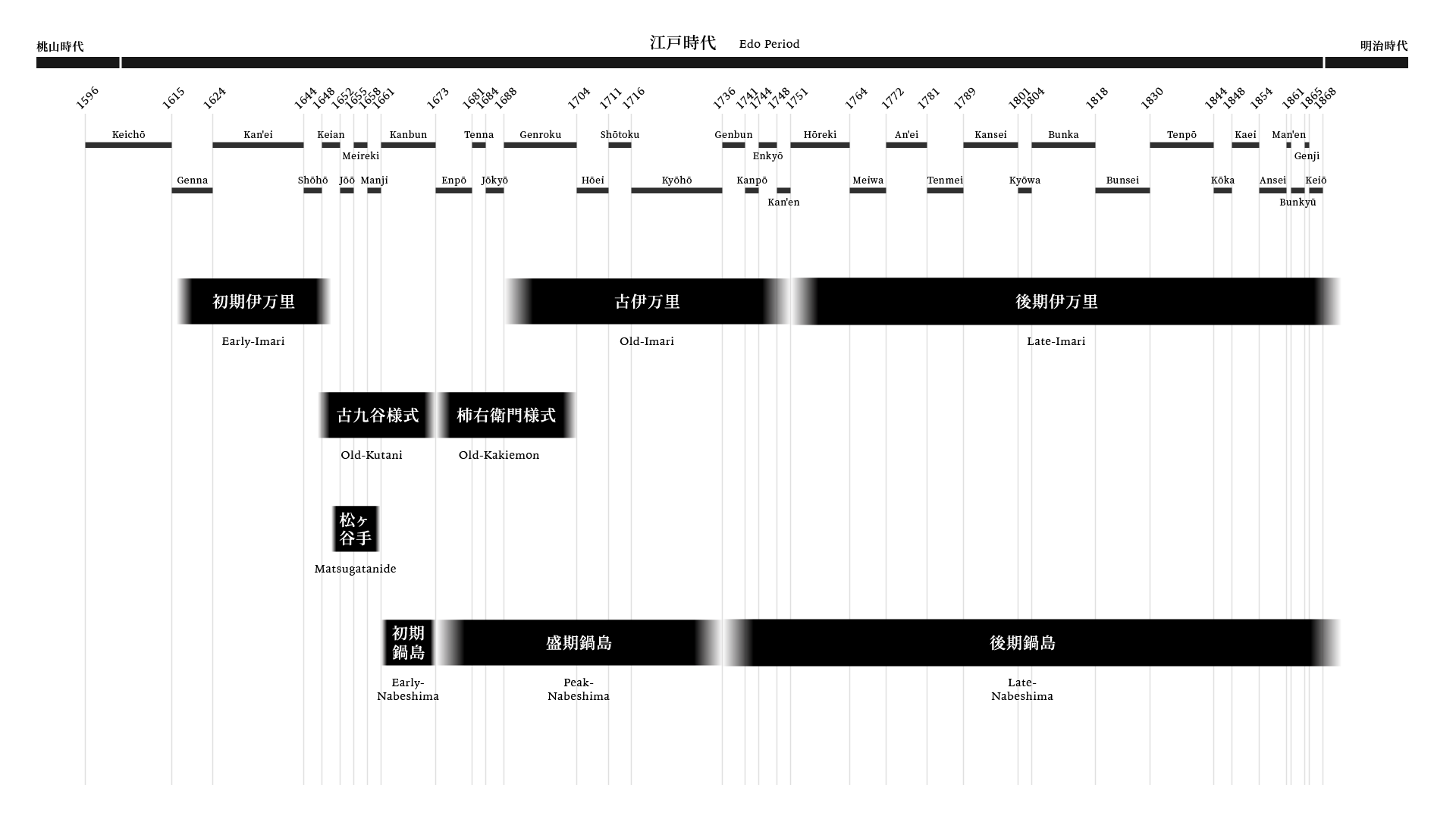
Among the katamono, Kinkosennin(Chinese Hermit), Ariso(Carp Leaping Among the Waves), and Akadamaunryu(Dragon and Red Circle)can be said to be the three greatest. The genroku era(1688-1704)saw unprecedented economic prosperity, ushering in a luxurious era in which wealthy merchants drove the culture. The katamono during this period is the highest peak of old-imari.
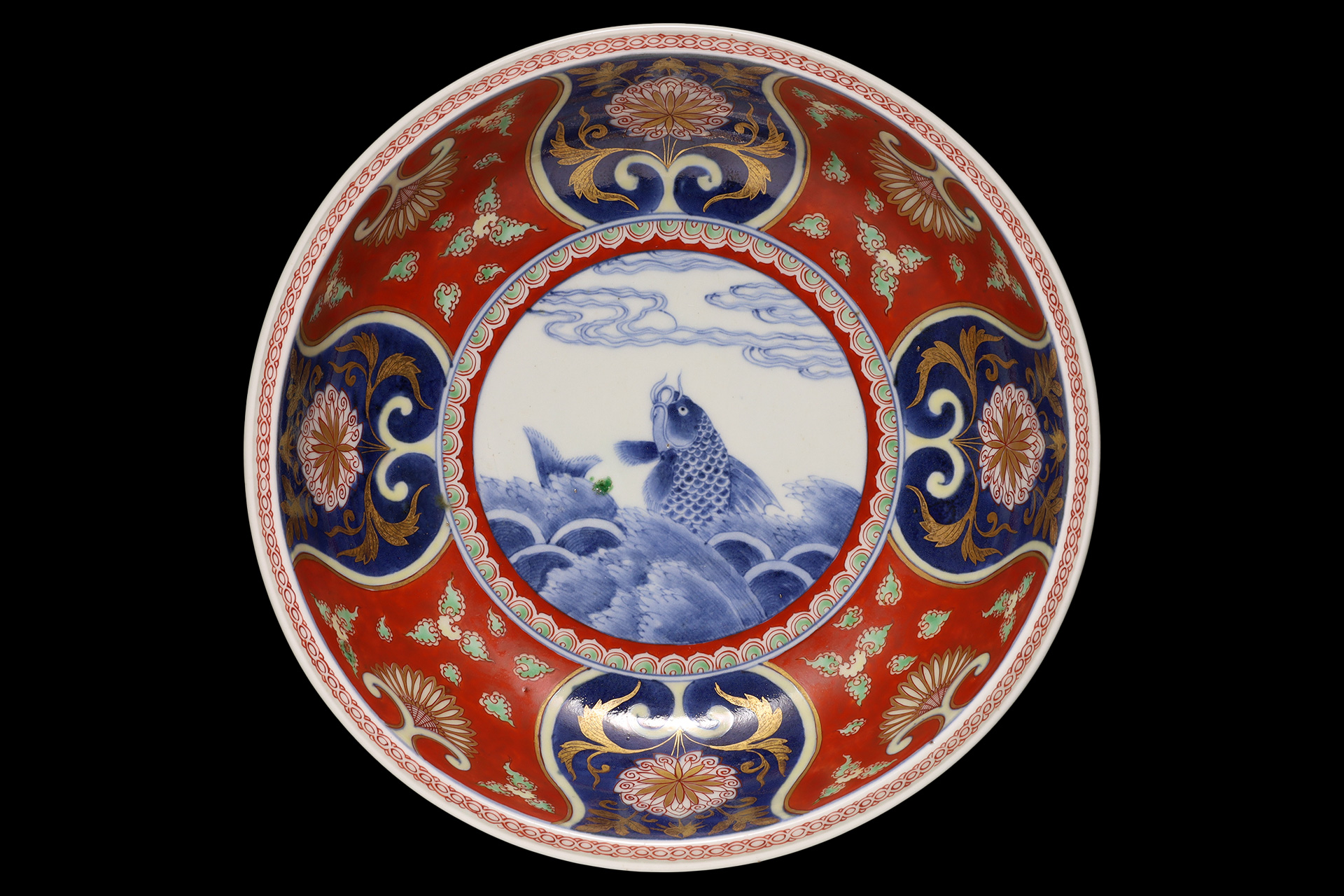
It depicts carp leaping on the rough waves crashing against the shoreline, eventually trying to rise to the sky. There is a legend that a carp that can climb the rapids of the yellow river(dragon gate)will become a dragon, and this motif is symbolic of success and advancement in life.
The kiln scratch near the tail of the carp is covered with overglaze(green-glaze).
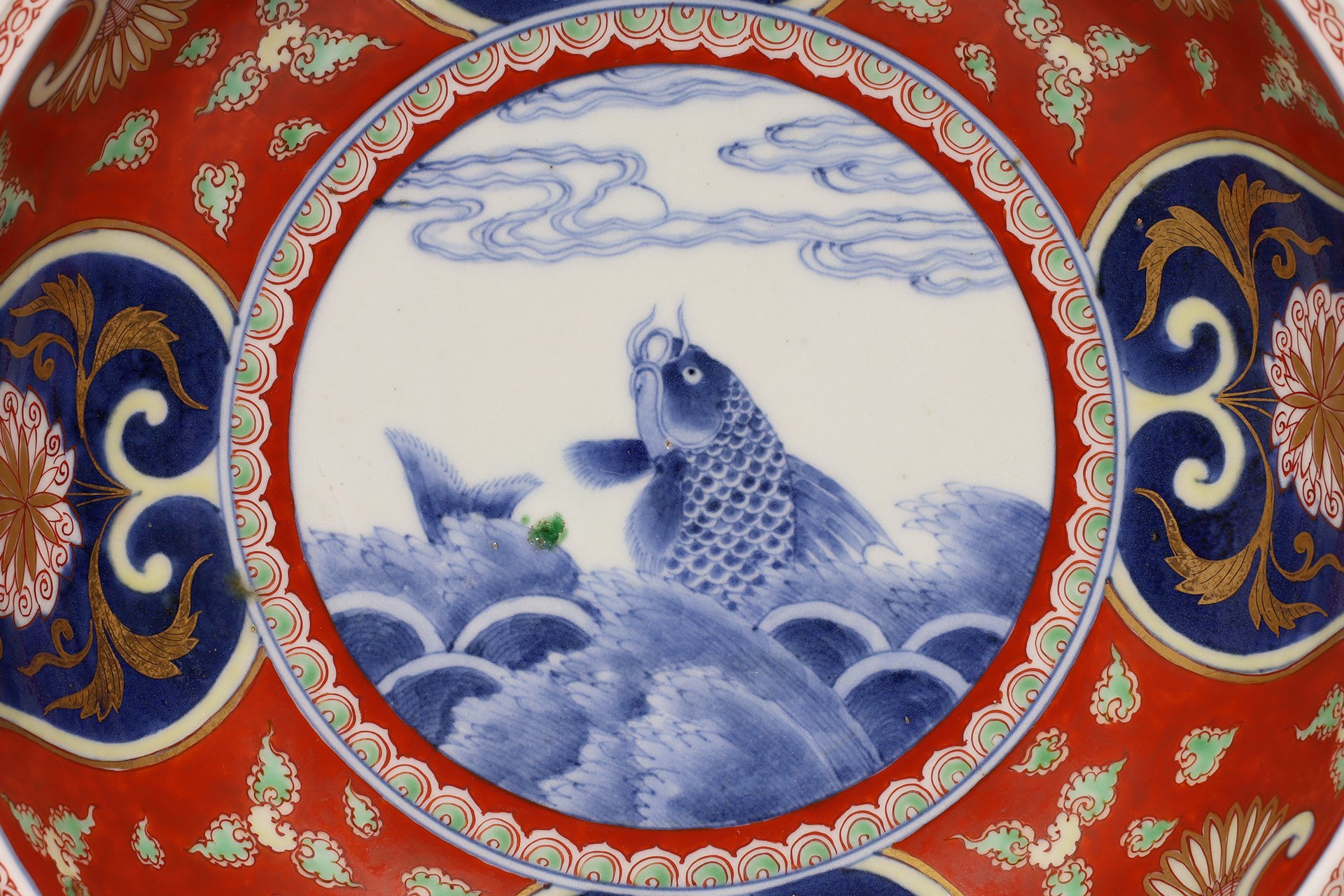
It is based on a rich red background, and instead of the usual arabesque design, cloud design is arranged. Other design configurations have also been identified on similar handed down pieces.

Yellow-glaze is placed inside the rim of the blue-and-white(sometsuke), similar to the moekijikinrande(ariso), and the gold applied to the chinese flower design is of very high quality.
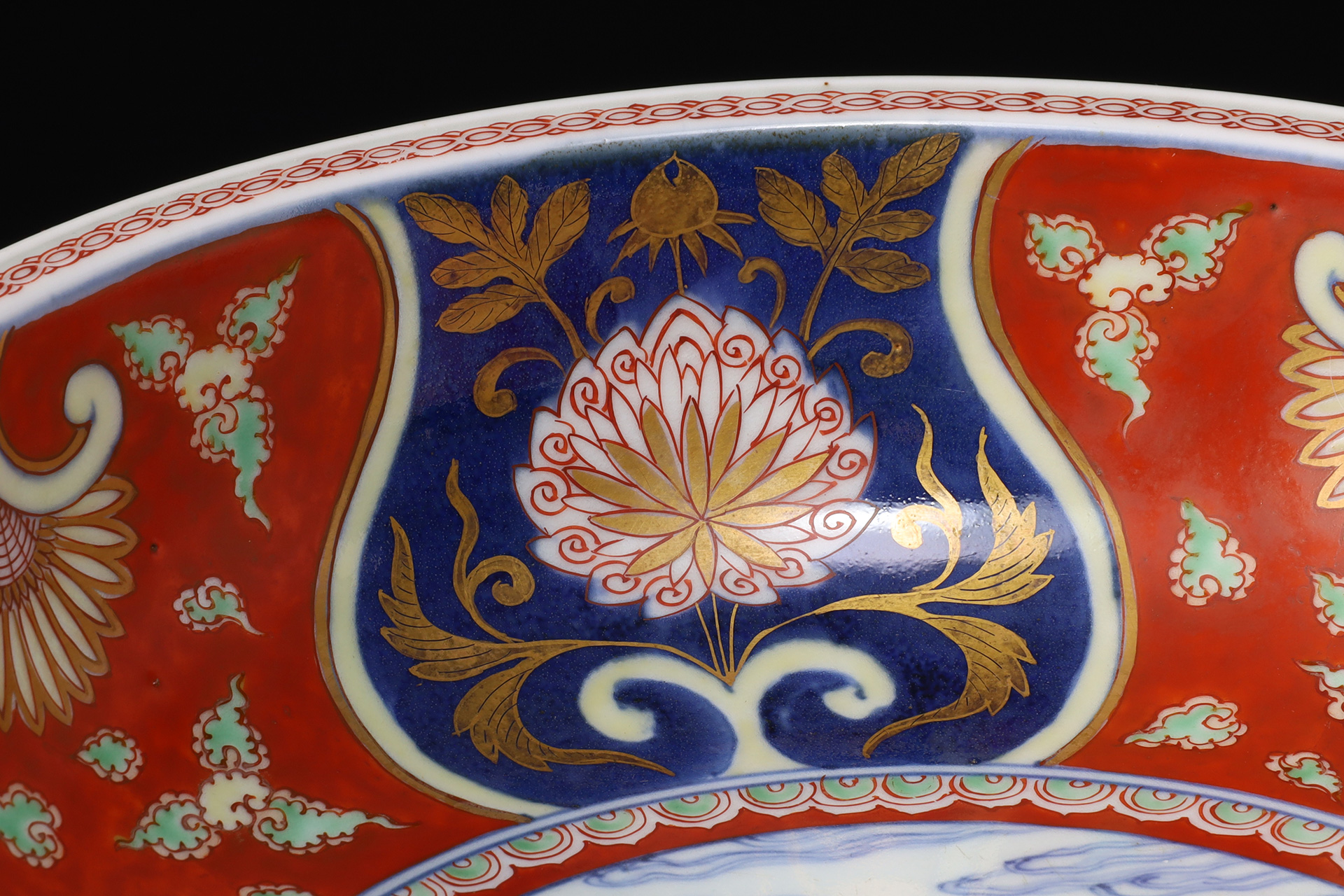
The old-wooden box from the edo period has “Nanking Nishiki Ware Donburi 1” written in ink, indicating that it has been handed down with care.
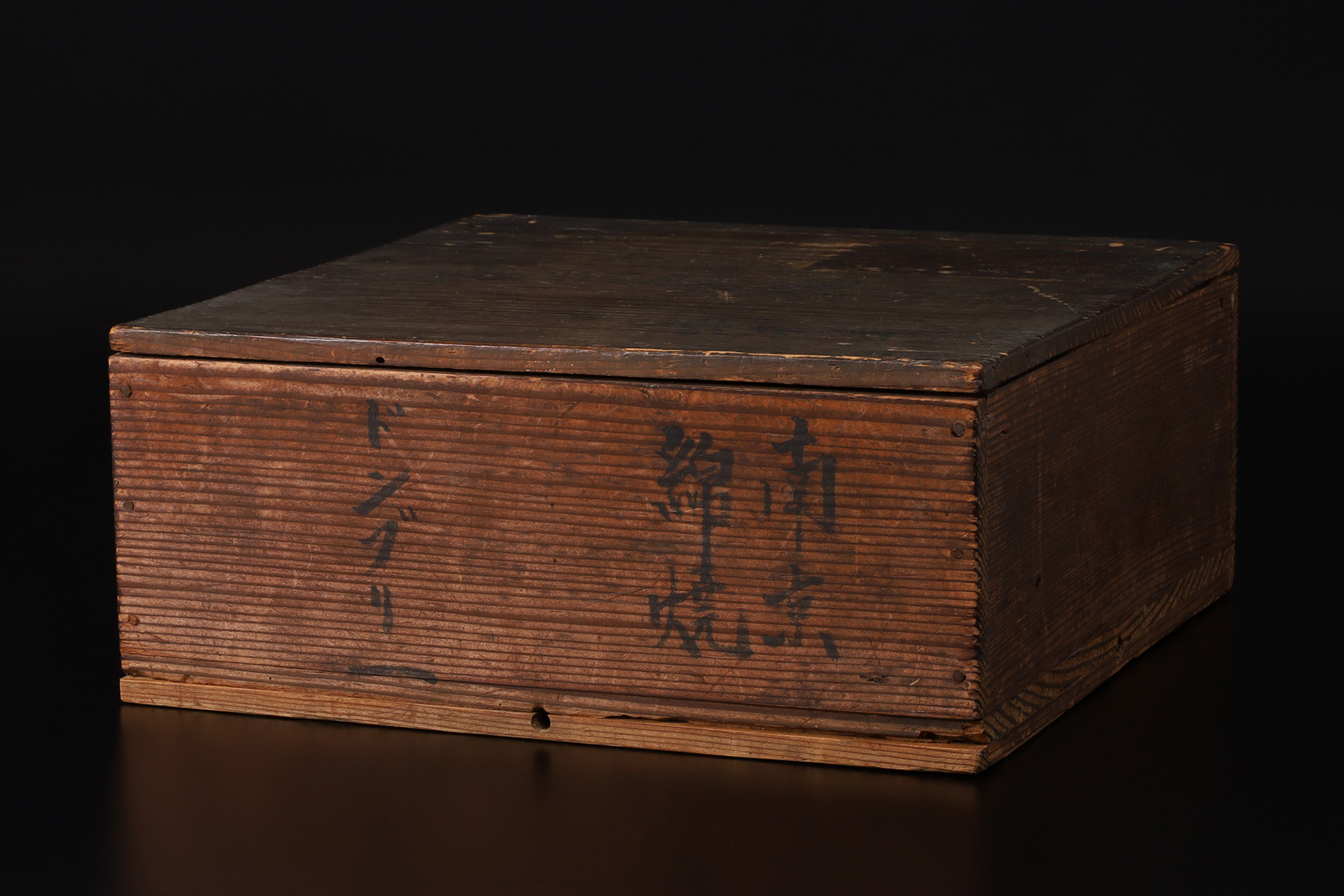
Old-Imari
Old-imari refers to the porcelain produced in arita, hizen province, during the middle edo period. While it is known for domestic works such as katamono, its main focus was on a variety of export works that stimulated a taste for exoticism. As arita porcelain secured its place in the global market as the best alternative to jingdezhen porcelain, a division of labor system was established by skilled artisans to mass produce high quality works. Old-imari is characterized by the extensive use of overglaze enamels and gold on blue and white porcelain, exemplified by the dazzling “Kinrande”. Reflecting the cultural prosperity of the Genroku era(1688-1704), it created a world of elegance and splendor. Originally, this decorative technique was perfected at the jingdezhen kiln during the Jiajing era(1522-66)of the ming dynasty, and is filled with the luxurious taste of fired gold foil. In europe, the porcelain room, where the interiors of palaces were decorated with porcelain, became popular among royalty and nobility as a symbol of wealth and power. Here, porcelain served not only as art objects displayed on shelves and walls but also as furnishings for entertaining guests. Consequently, many works can be found with worn out colors and gold due to age related deterioration. The terms “Old-Imari”, “Old-Japan” and “Imari-Ware” are still used today as affectionate names for hizen porcelain by pottery enthusiasts and collectors both in japan and abroad.
https://tenpyodo.com/en/dictionaries/old-imari/
Katamono
Katamono is the old-imari of the highest quality made for domestic use, mainly using the overglaze enamels and gold technique with a rich color scheme. It has the meaning of “the famous work that fits the mold of the masterpiece(meets high standards)”, and works that conform to this are also called “Jun-Kata”. Unlike the old-imari, which were mass produced for export to europe, these works were refined for the wealthy, such as feudal lords and influential merchants. Although it was not actually intended to be presented to the tokugawa shogunate or various domains, it is called “Kenjode(Offering)” because it is a high quality work that is equivalent to the offering. Meticulous and detailed patterns stand out in each design, with themes such as “Gososen(Five Sailing Boats)”, “Kinkosennin(Chinese Hermit)”, “Ariso(Carp Leaping Among the Waves)”, “Akadamaunryu(Dragon and Red Circle)”, “Kotobuki(Congratulations)”, “Takaradukushi(Ancient Treasure from Japan)”, “Himezara(Princess Shaped Dish)” and “Yumihama(Bow and Arrow Displayed During the New Year’s Holiday)”. Bowls can be round, helmet shaped, shaped like spinning top, or flat. They were prized as bowl for sweets for tea ceremonies, gifts for celebrations, and as bowl for banquets. Even after the Genroku era(1688-1704), katamono Style became the main type of imari ware. However, as the times change, the quality declines.
